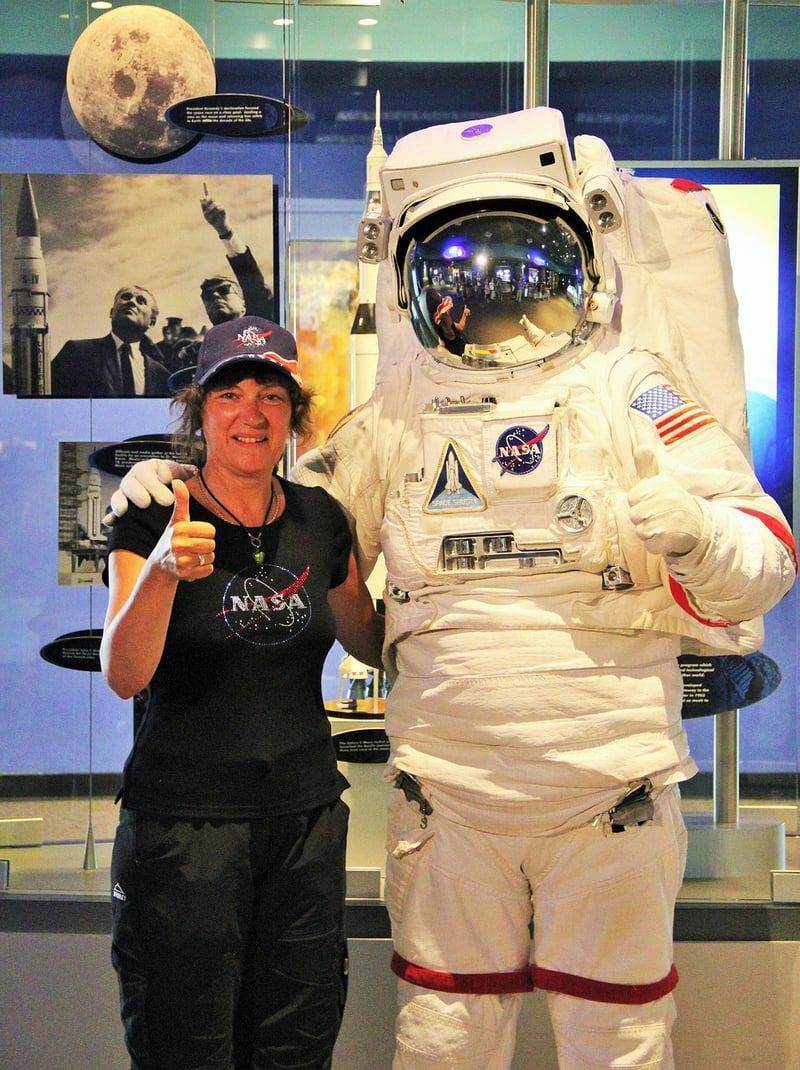Wormhole Journeys
Mechanisms for Travel and Wormhole Journeys
Exploring the vastness of the universe has always been a captivating endeavor for humanity. From ancient times to modern space travel, the quest to journey beyond our own planet has driven innovation and imagination. In this article, we delve into the mechanisms for travel and the fascinating concept of wormhole journeys.
1. Conventional Travel Mechanisms
Before we discuss the mind-bending concept of wormholes, let's first explore the conventional mechanisms for travel in space:
- Rockets: Rockets have been the primary mode of transportation for space travel. They work on the principle of Newton's third law of motion - for every action, there is an equal and opposite reaction.
- Spacecraft: Sophisticated spacecraft like shuttles and capsules are designed to carry astronauts and payloads into space. They are equipped with various systems for navigation, life support, and communication.
- Space Stations: Orbiting space stations like the International Space Station (ISS) serve as research laboratories and habitation modules for astronauts living in space for extended periods.
2. Wormhole Journeys
Wormholes, also known as Einstein-Rosen bridges, are theoretical passages through spacetime that could create shortcuts for long journeys across the universe. Here are some key points about wormholes:
- Interstellar Travel: Wormholes could potentially allow for rapid travel between distant regions of space, making interstellar travel feasible.
- Exotic Matter: The existence of wormholes would require exotic matter with negative energy density to keep them stable and prevent them from collapsing.
- Theoretical Physics: Wormholes are a concept derived from Einstein's theory of general relativity and are still a subject of active research in theoretical physics.
3. The Future of Space Travel
While wormhole journeys remain in the realm of theory, advancements in propulsion systems, robotics, and materials science are paving the way for future space exploration. From ion thrusters to solar sails, innovative technologies are being developed to propel spacecraft further into the cosmos.
As we look to the stars with curiosity and wonder, the possibilities for travel and discovery in the universe continue to expand. Whether through conventional means or the theoretical realm of wormholes, humanity's quest for exploration knows no bounds.

Image source: Pixabay
